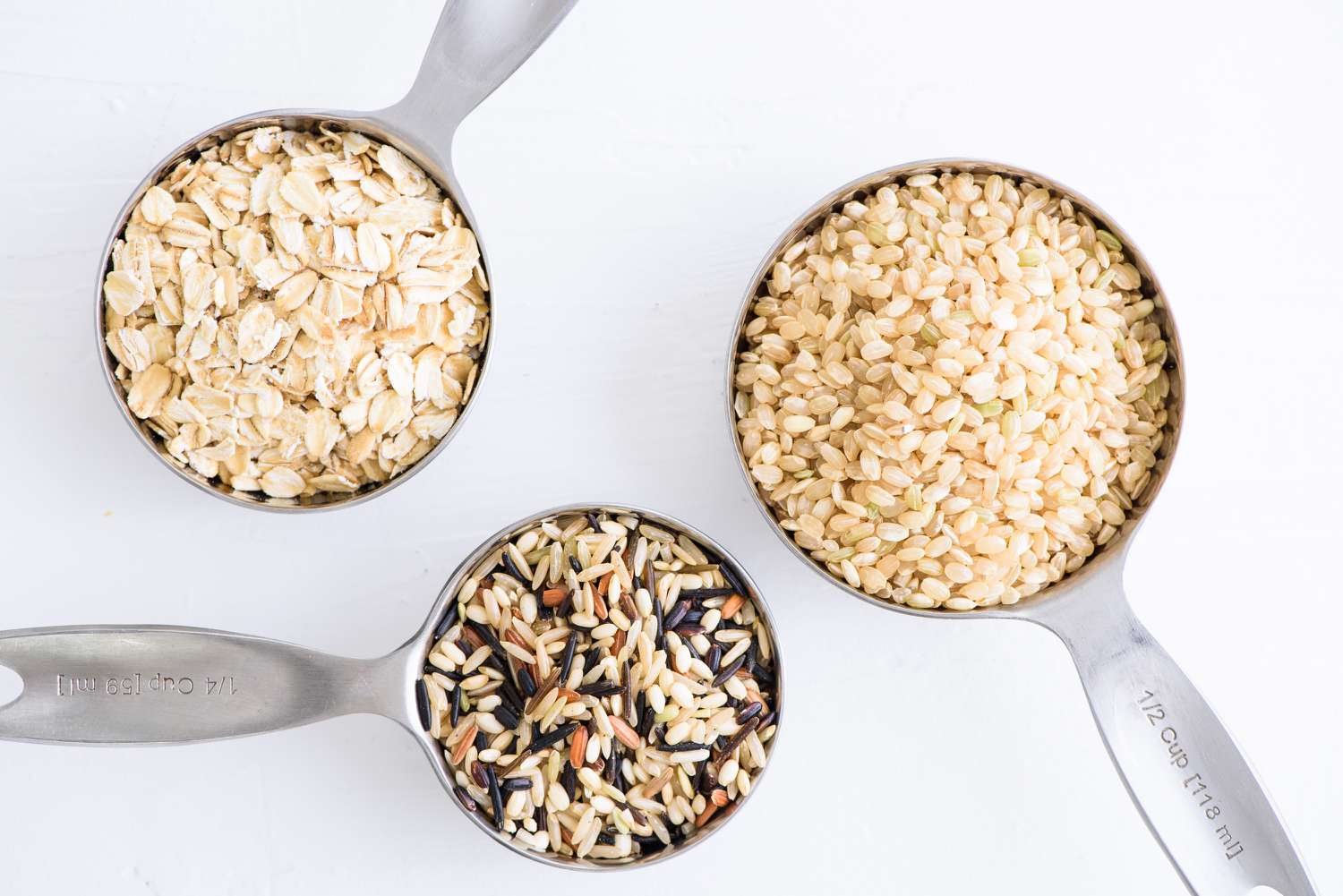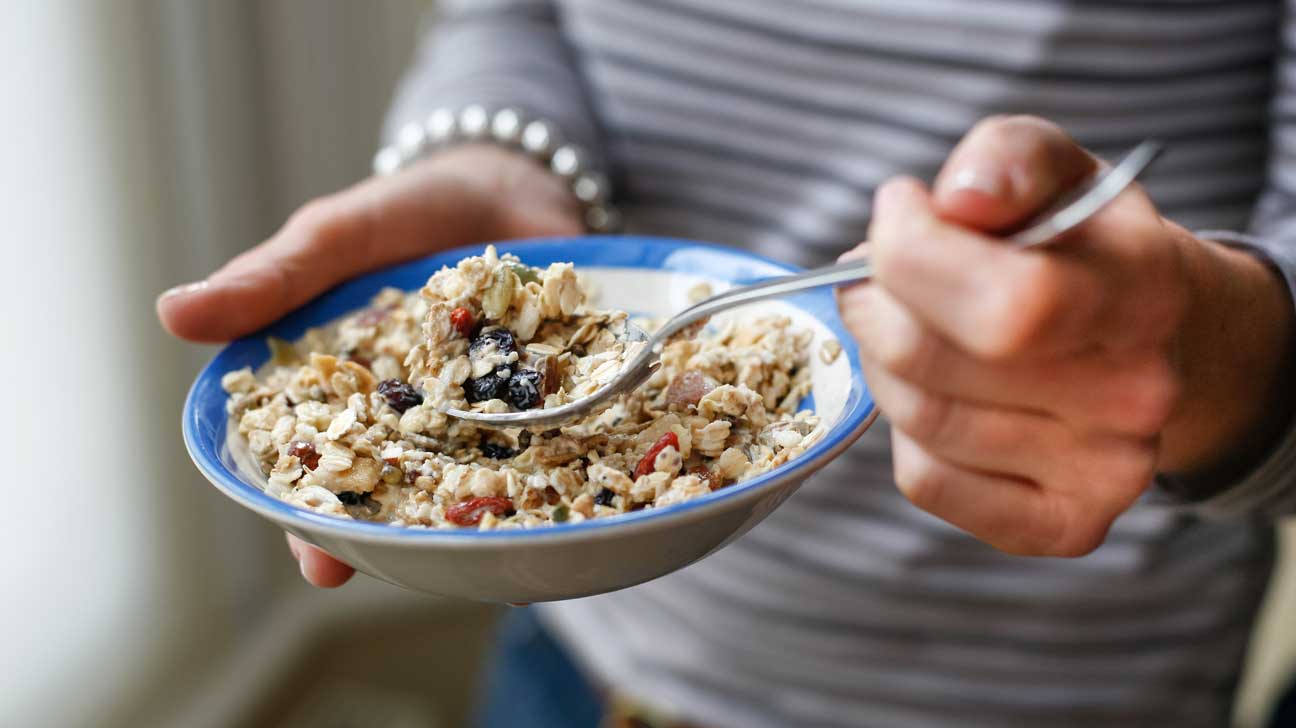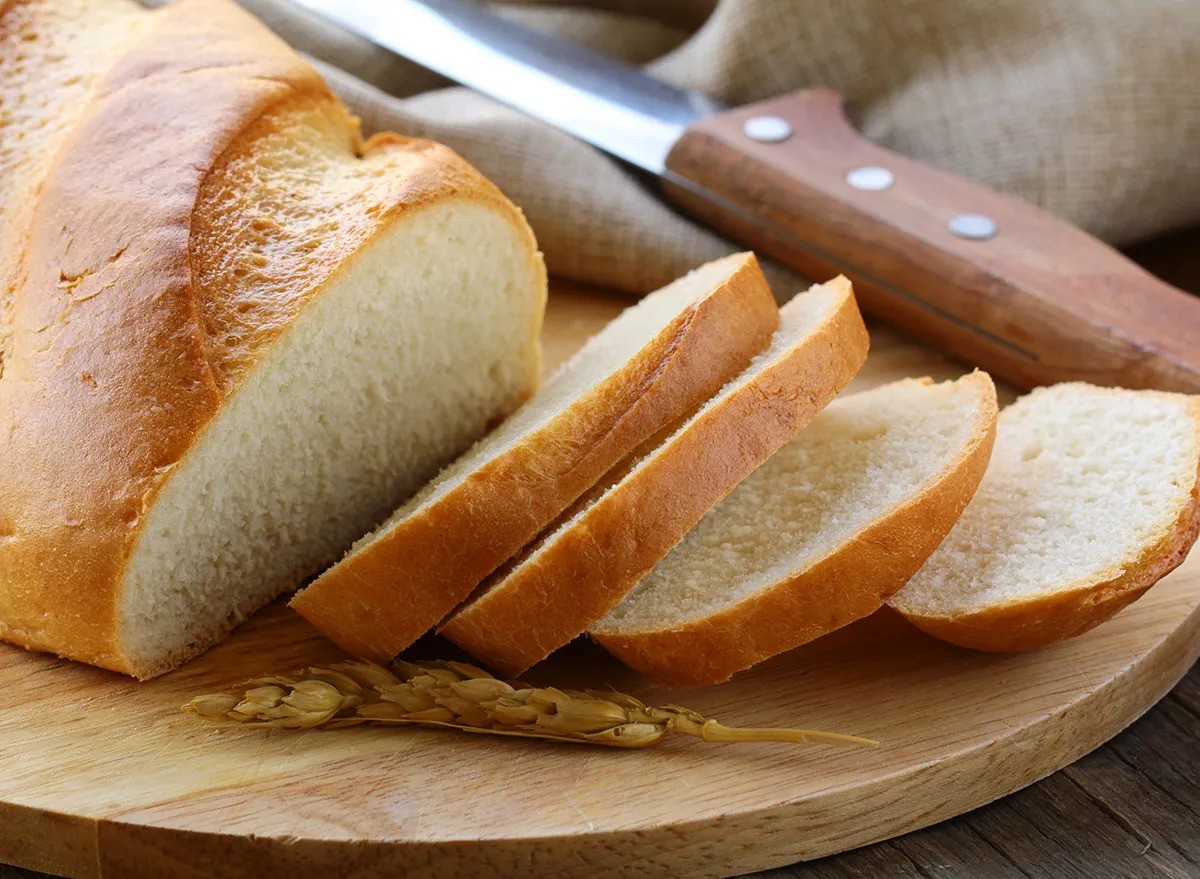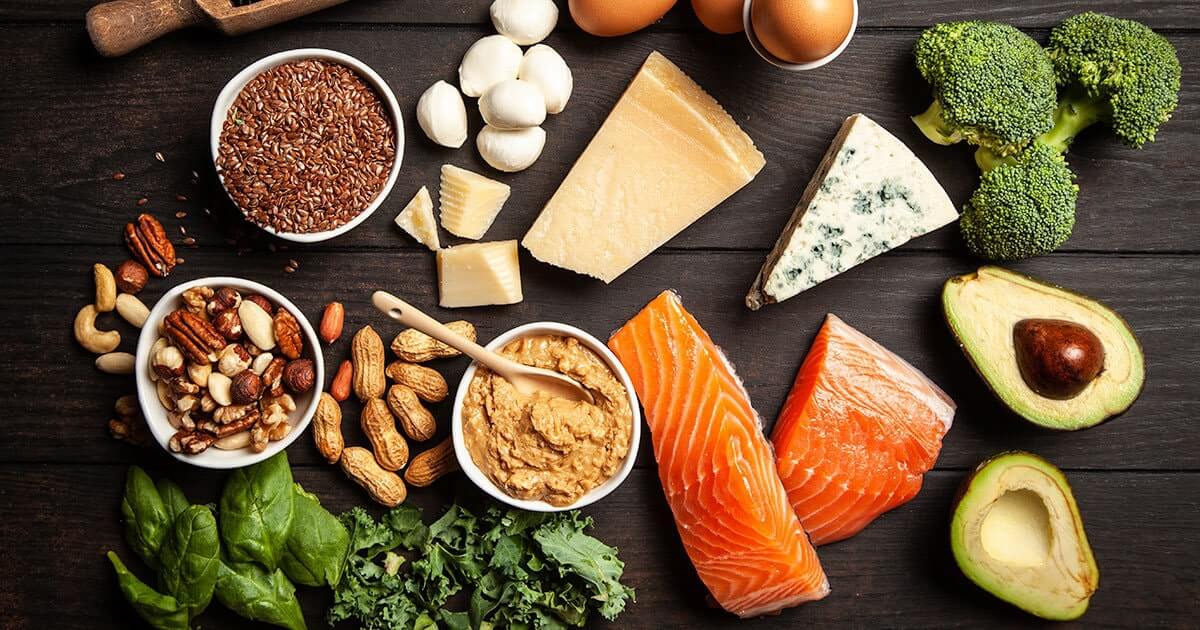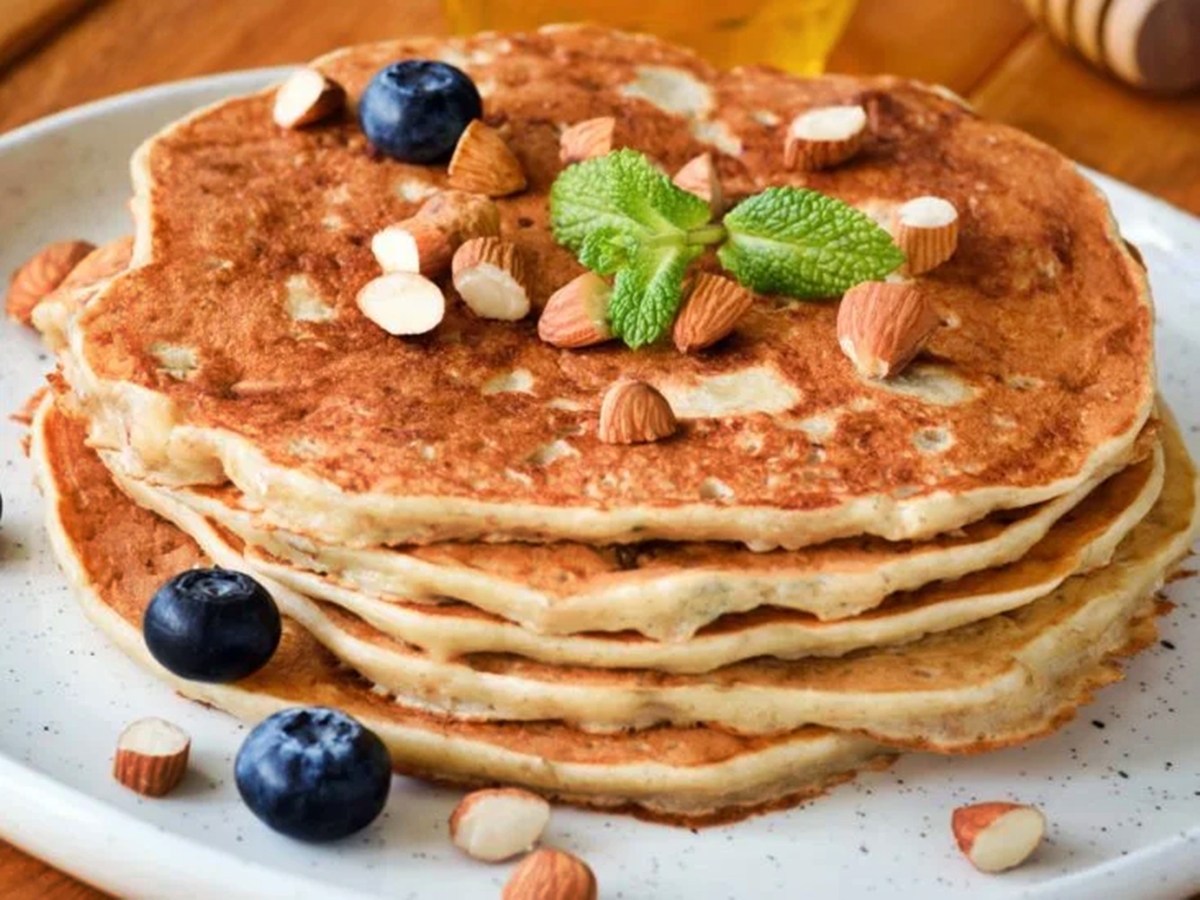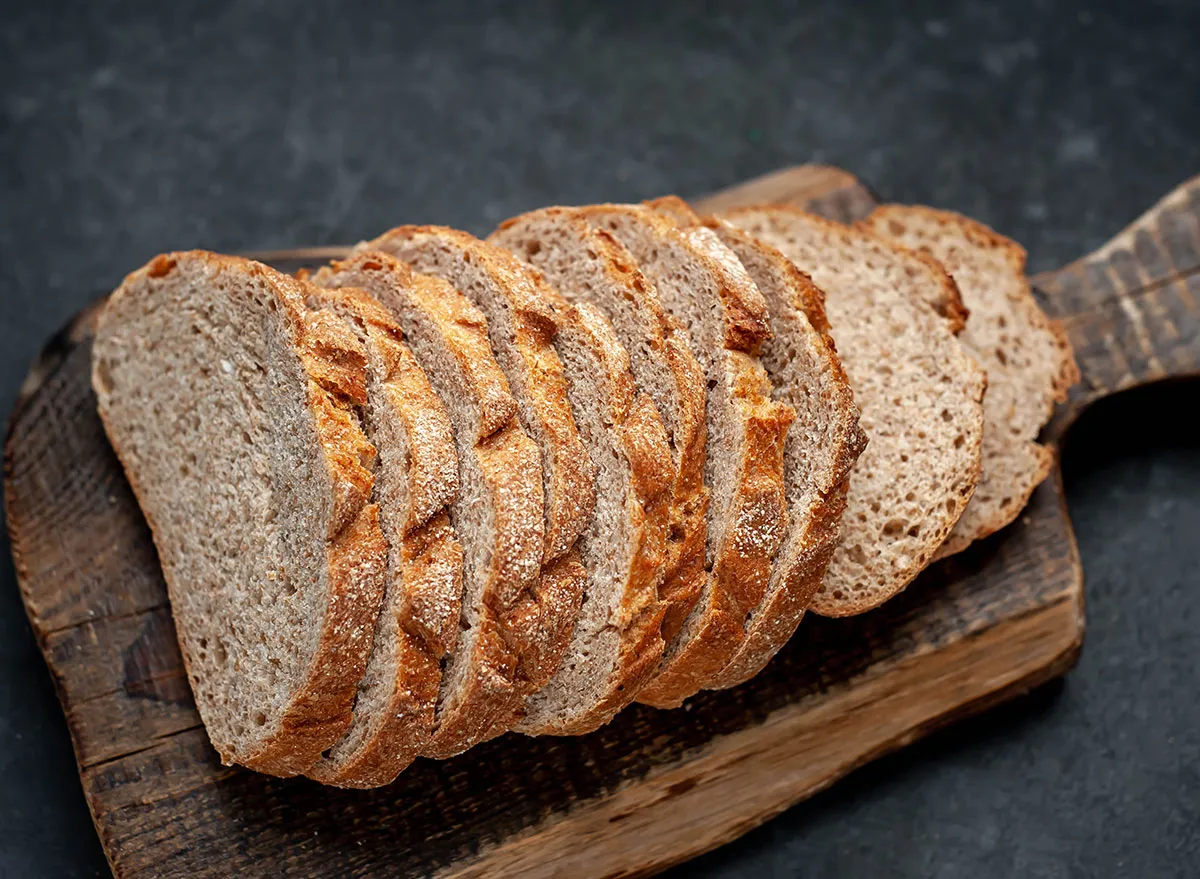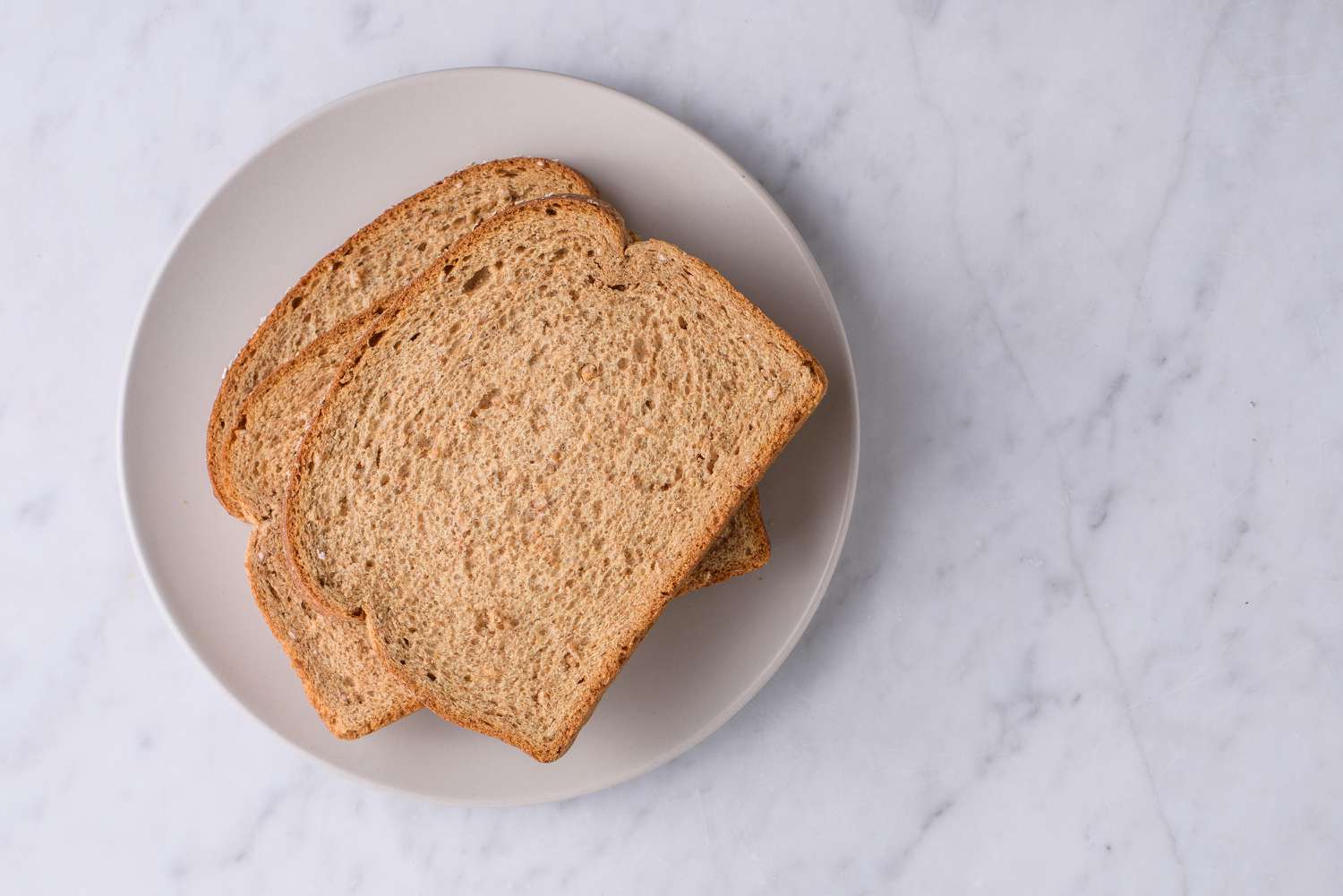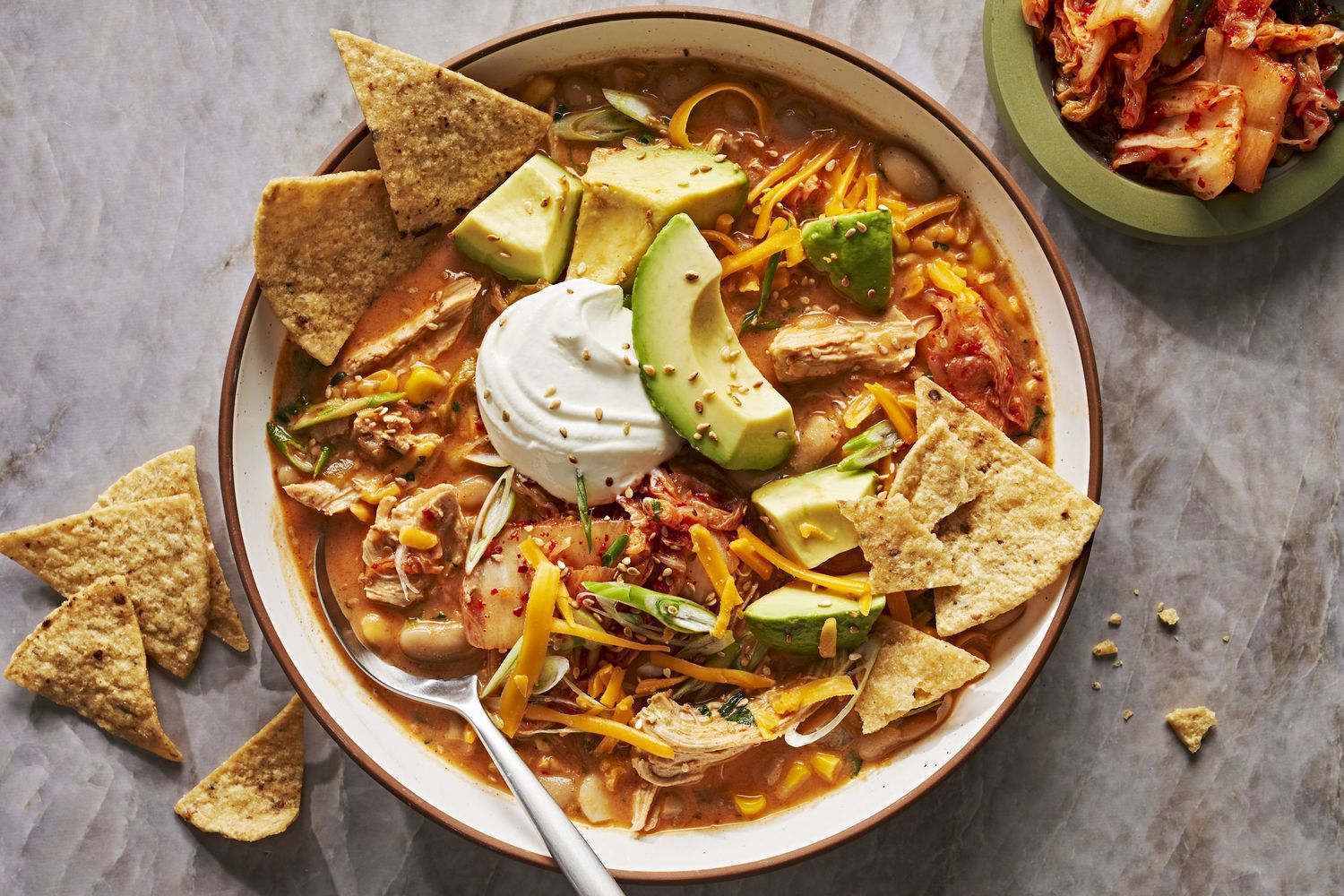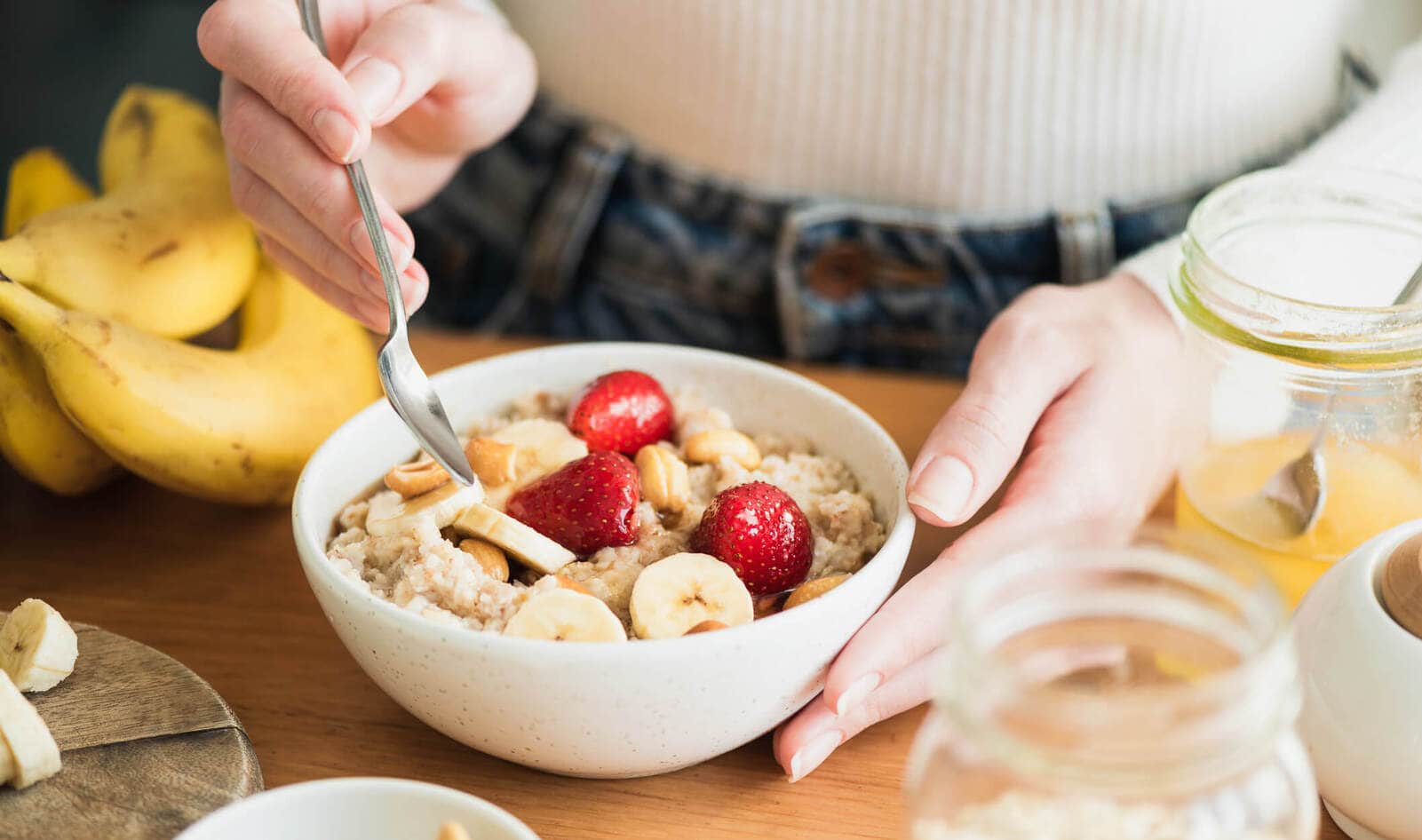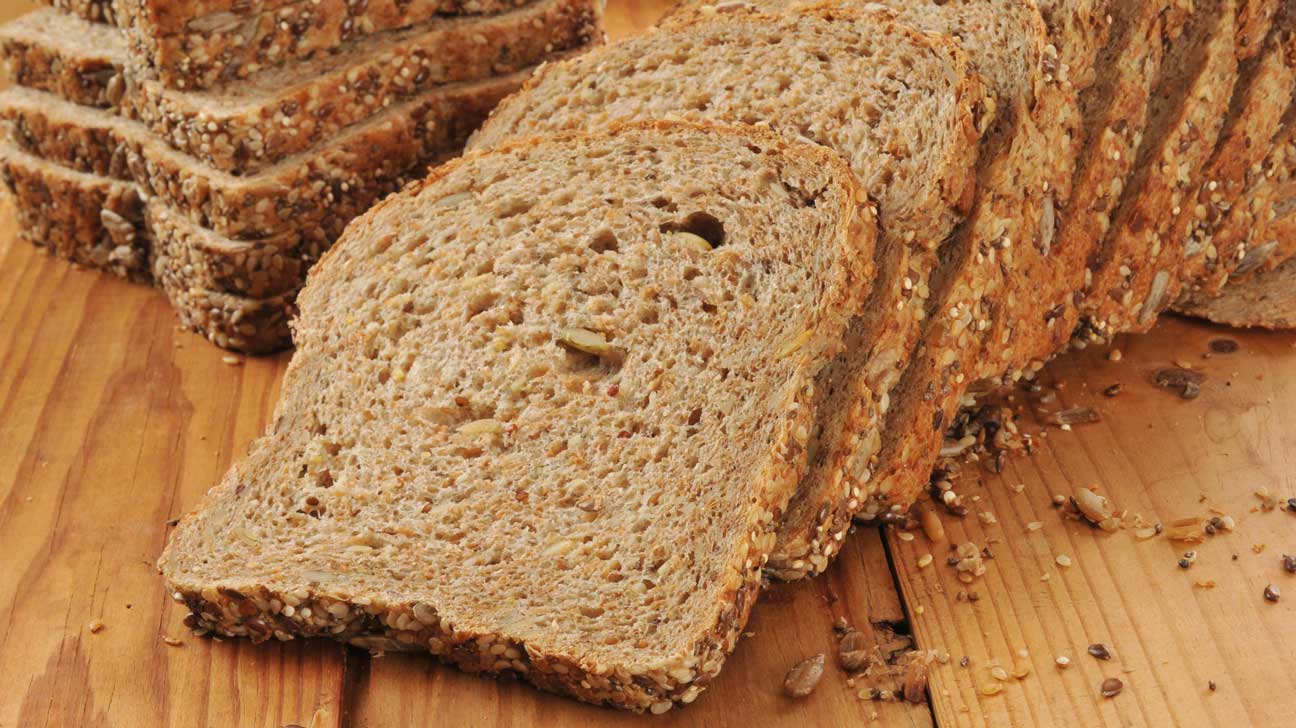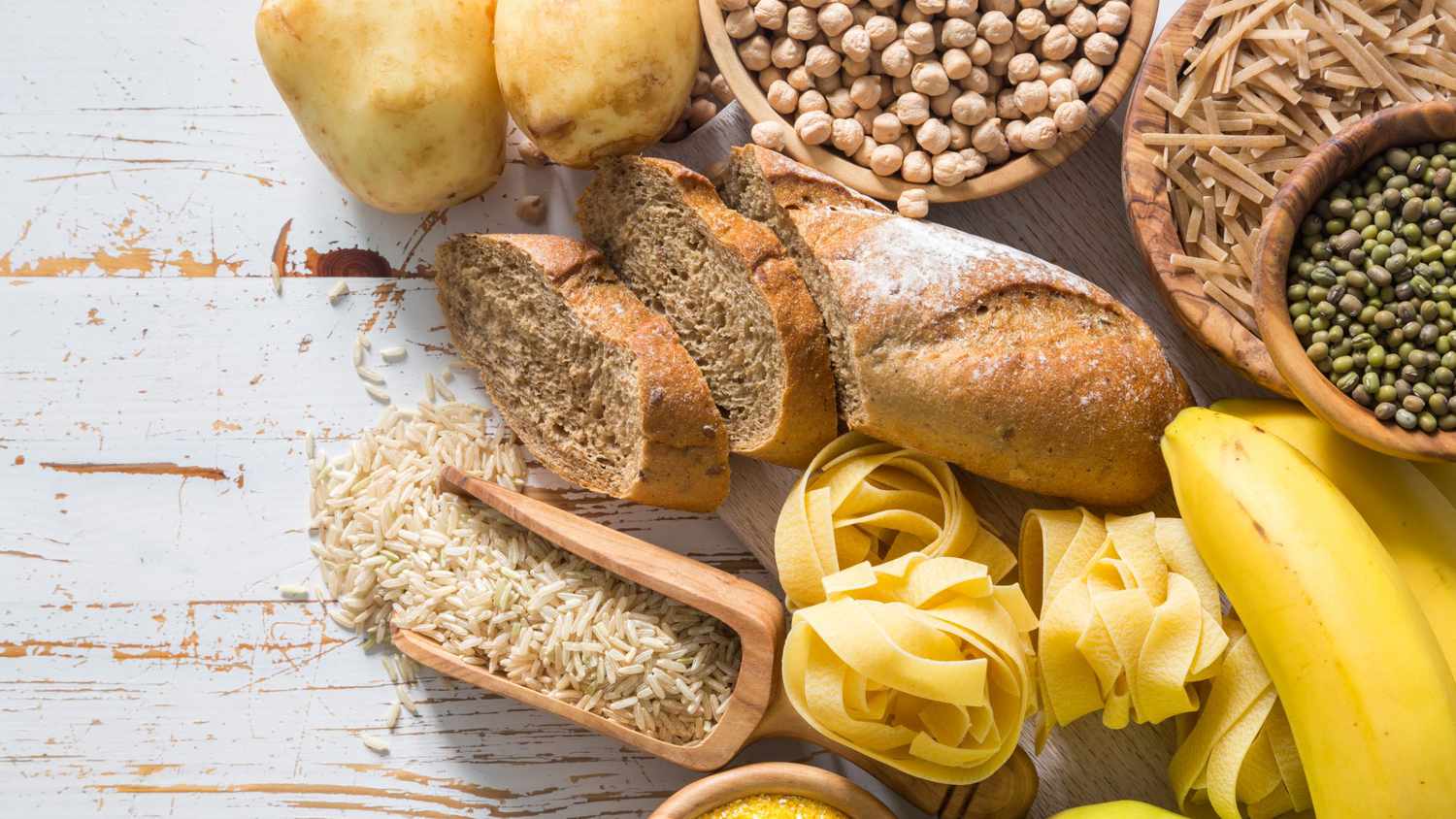How to Maintain a Balanced Diet Without Wheat Bread
For many people, wheat bread can be a source of discomfort due to gluten intolerance or sensitivity. However, eliminating wheat bread from your diet doesn’t mean you have to sacrifice a balanced and nutritious eating plan. With some careful planning and smart choices, you can still enjoy a variety of foods while meeting your nutritional needs. Here are some tips on how to maintain a balanced diet without consuming wheat bread:
Explore Gluten-Free Alternatives
If you’re avoiding wheat bread due to gluten sensitivity, there are plenty of gluten-free bread options available in the market. Look for bread made from alternative flours such as rice, almond, coconut, or quinoa. These gluten-free breads can provide a similar texture and taste to traditional wheat bread while catering to your dietary restrictions.
Incorporate Whole Grains
While wheat is a common source of whole grains, there are numerous other grains that can be included in a balanced diet. Quinoa, brown rice, oats, and buckwheat are excellent alternatives that offer fiber, vitamins, and minerals. These whole grains can be used in various dishes such as salads, stir-fries, and soups to ensure you’re getting the necessary nutrients without relying on wheat bread.
Embrace Nutrient-Dense Foods
Focus on incorporating nutrient-dense foods into your meals to compensate for the absence of wheat bread. Include plenty of fruits, vegetables, lean proteins, and healthy fats in your diet to ensure you’re getting a wide range of essential nutrients. Opt for colorful fruits and vegetables to maximize the intake of vitamins, minerals, and antioxidants.
Read Food Labels Carefully
When avoiding wheat bread, it’s important to be mindful of hidden sources of gluten in processed foods. Always read food labels carefully to identify any potential sources of gluten, such as wheat flour, barley, or rye. Many packaged foods now include allergen information, making it easier to spot gluten-containing ingredients.
Experiment with Alternative Sandwich Options
If you’re used to enjoying sandwiches with wheat bread, consider exploring alternative options for creating your favorite fillings. Large lettuce leaves, rice cakes, or gluten-free wraps can serve as excellent substitutes for traditional bread. These alternatives can add variety to your meals while accommodating your dietary needs.
Consult with a Registered Dietitian
If you’re struggling to maintain a balanced diet without wheat bread, consider seeking guidance from a registered dietitian. A professional can help you create a personalized meal plan that meets your nutritional requirements while avoiding wheat and gluten. They can also provide valuable tips and resources to support your dietary choices.
By making informed choices and exploring alternative options, it’s entirely possible to maintain a balanced and nutritious diet without relying on wheat bread. With a bit of creativity and planning, you can continue to enjoy a wide variety of delicious and wholesome foods while meeting your dietary needs.
